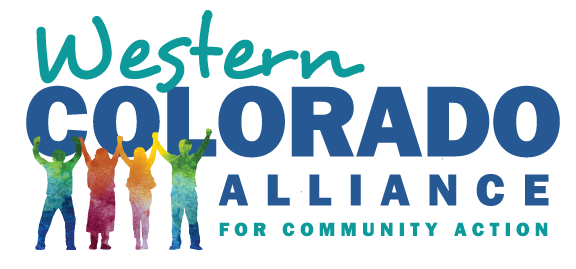- An Alliance For Community Action
- (970) 256-7650
- info@WesternColoradoAlliance.org
Let’s have one set of rules for oil & gas
by Rodger Steen, chair of the Alliance’s Oil & Gas Committee
[also appearing in the December 9 Grand Junction Daily Sentinel]
The Nov. 29, 2018 letter in the Sentinel [“Piceance air quality doesn’t warrant more regulation”] by the executive director of West Slope Colorado Oil and Gas Association (WSCOGA) has sufficient inaccuracies that it begs for a simple response.
West Slope citizens are asking for a uniform set of rules to be applied to the oil and gas industry. We advocate for the rules already in force on the Front Range to apply throughout Colorado. This request can only be recognized as a simplification of the Colorado oil and gas industry rules, not as more rules as claimed in the letter. This citizens’ request would eliminate an entire section of the rules because there are two sets of rules now.
Furthermore, the referenced opinion letter infers that the level of air quality in the Piceance Basin is representative of air quality throughout the West Slope. No reasonable person would accept that inference. Areas of the West Slope, such as Rangely, Durango, Cortez, Grand junction and Glenwood Springs have measured concentrations near or exceeding the EPA 2015 ozone health standards. The revised emission requirements currently applied to the Front Range are needed to bring those areas into attainment or keep them in attainment. If industry wants separate rules for each little area on the West Slope, depending on the measured ozone concentrations in that area, they are asking for a hugely complicated set of regulations — far from simplification.
If all this is not sufficient for industry to sign on to common rules throughout Colorado, there is a separate and equally powerful legal force for them to install better equipment and/or operational practices to minimize hydrocarbon emissions on the West Slope. The Colorado Clean Air Act (Colorado Revised Statutes, Section 25-7-102) clearly states that Colorado requires “the use of all available practical methods which are technologically feasible and economically reasonable so as to reduce, prevent, and control air pollution throughout the state of Colorado.” The emission control equipment and operational procedures already used on the Front Range have been proven to be “technologically feasible and economically reasonable.” The power companies and we citizens are doing our part. Now, oil and gas industry: why not do your part and accept those Front Range requirements, instead of fighting every regulatory change, especially those that are well vetted and effective?
Another inaccuracy in WSCOGC’s opinion is its inference that energy development does not create poor air quality. It is an accepted fact that oil and gas operations emit unhealthy air pollutants which is why the state requires permits to discharge those pollutants to the air. The production sites include separation of oil from water and from gas, storage of the hydrocarbon liquids, then either wasting the gas to the atmosphere or transferring it to pipeline. The indisputable fact is that energy development emits undesirable air pollutants that no one wants for themselves or their children and that these emissions should be minimized.
Now, can we drop the discussions regarding who uses natural gas, who is employed in the industry, who spends money to monitor the air, who breathes West Slope air, who pays the hospital bills, who suffers from climate change, how much royalties are lost on wasted resources, and all the rest of the issues that we read of? These subjects are irrelevant to our discussion of applicable rules here.
After working for our Alliance for 32 years, Brenda retired in 2018 and took a two-year hiatus before rejoining the fold as a board member. She is a treasure trove of little known facts about the organization after managing everything from the membership database to our communications. Her other interests include dabbling in a number of artforms, hiking, botany (her college major), t'ai chi and chi gung, and swing dancing. With roots in western Washington state, she has lived in Montrose with her husband Kevin since 1984.


